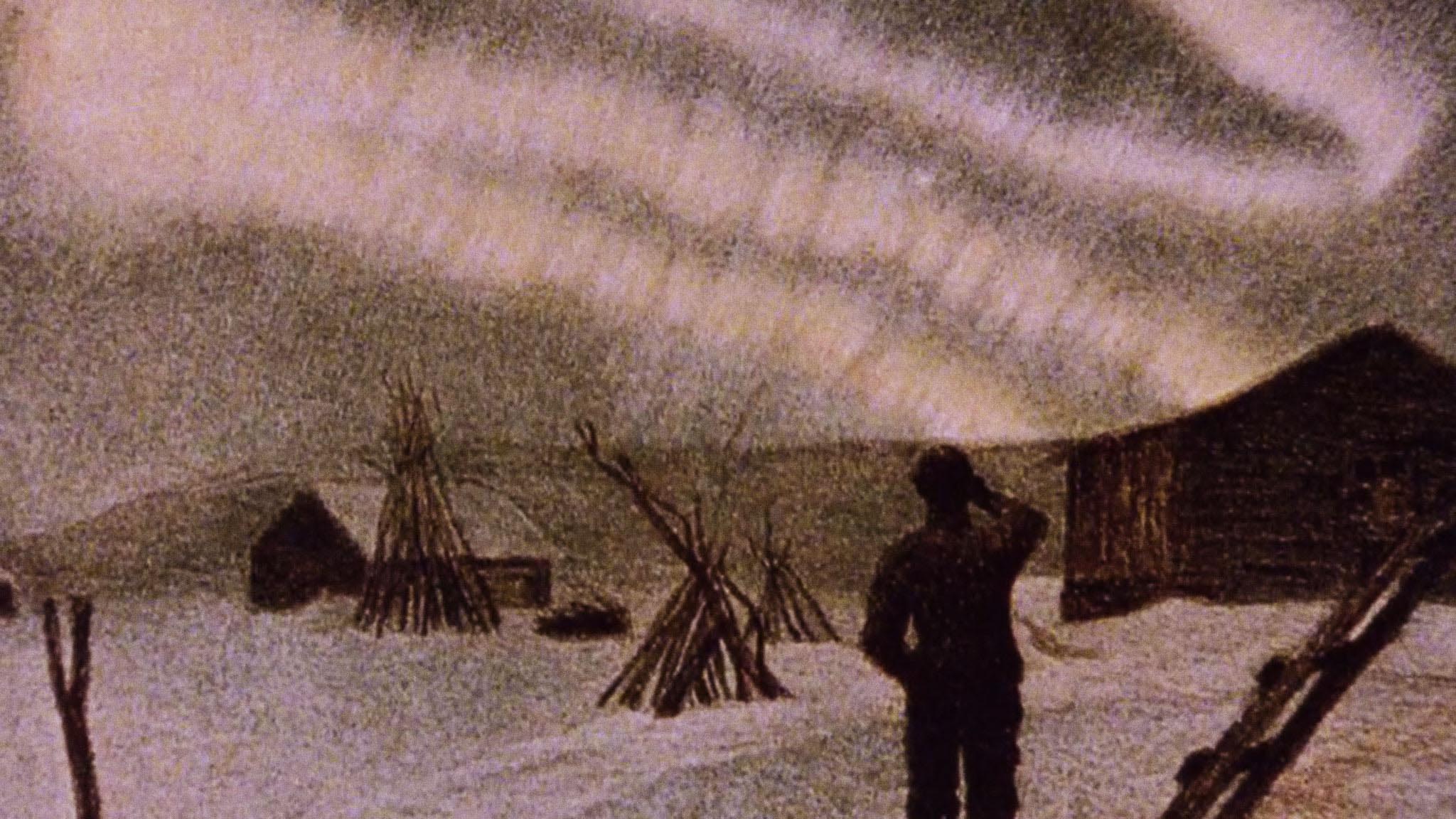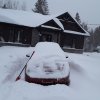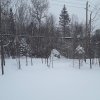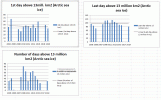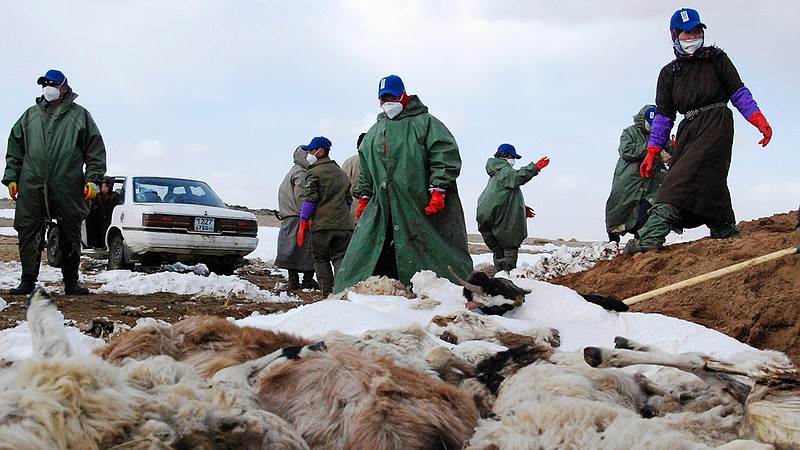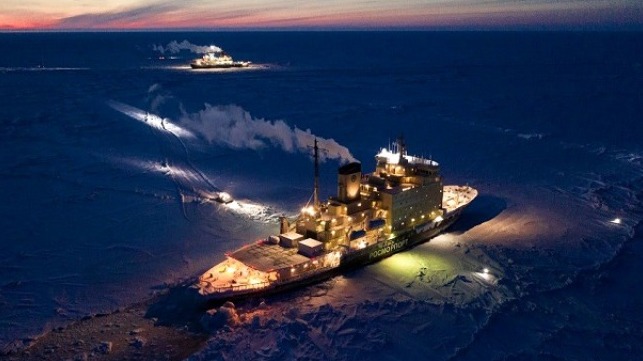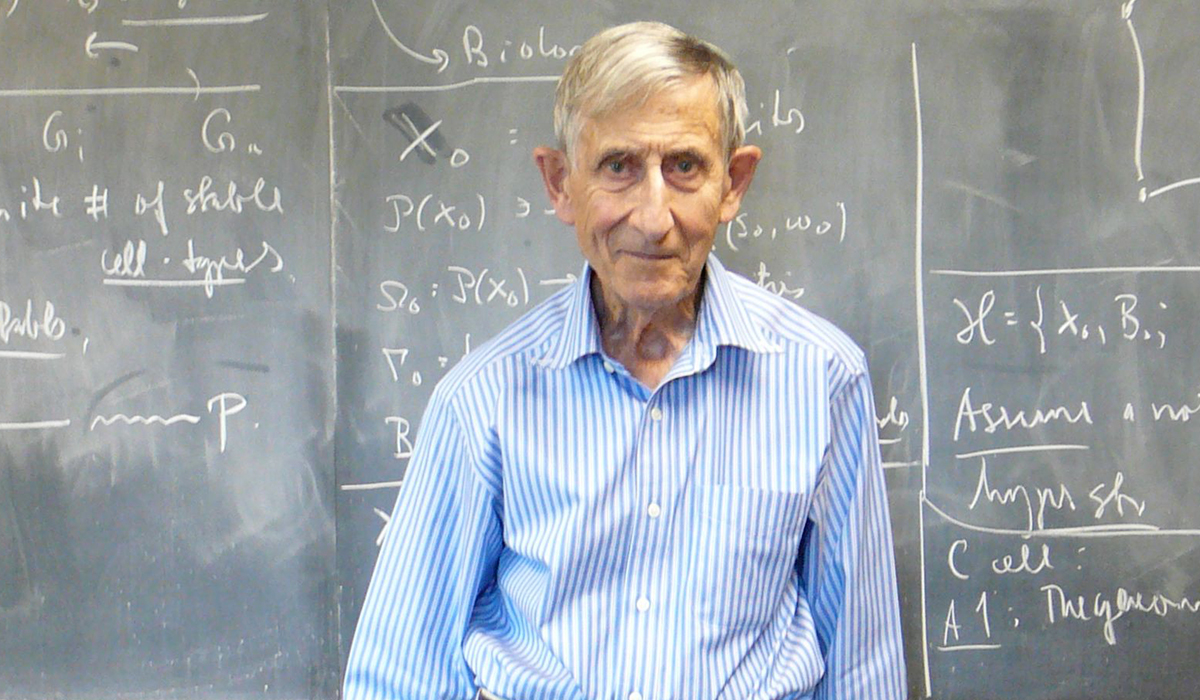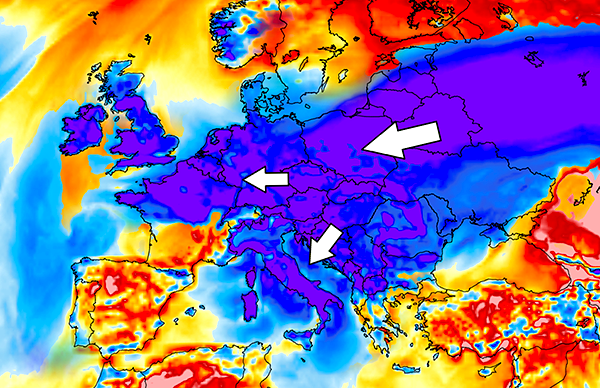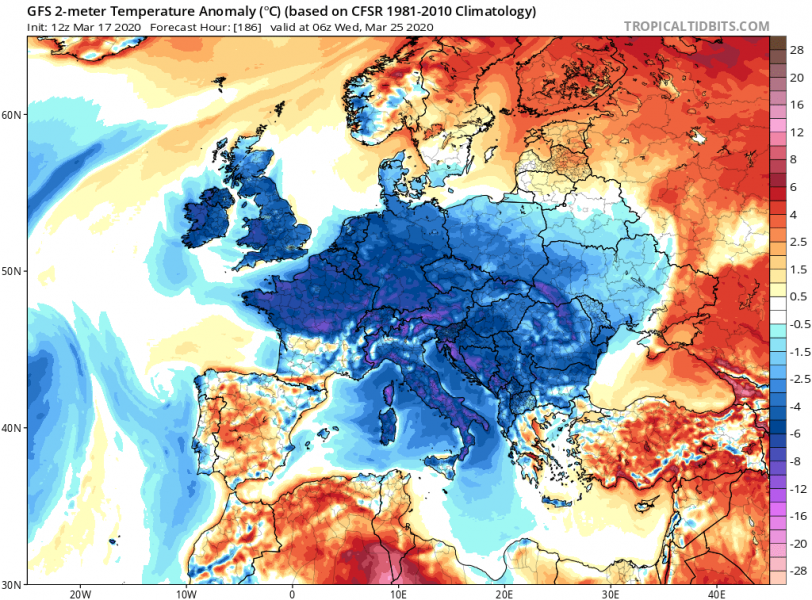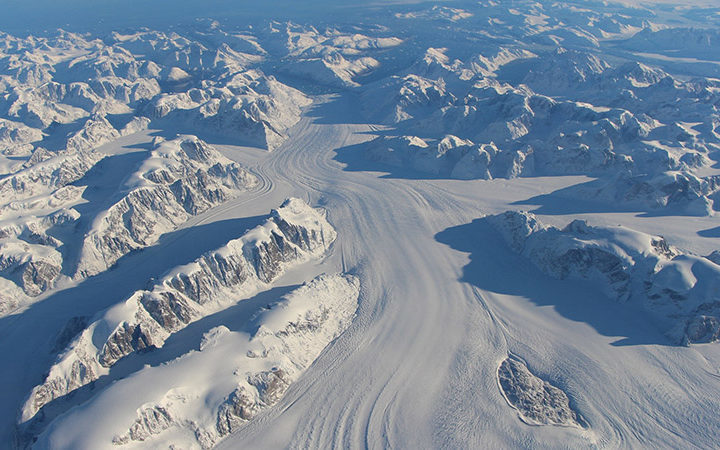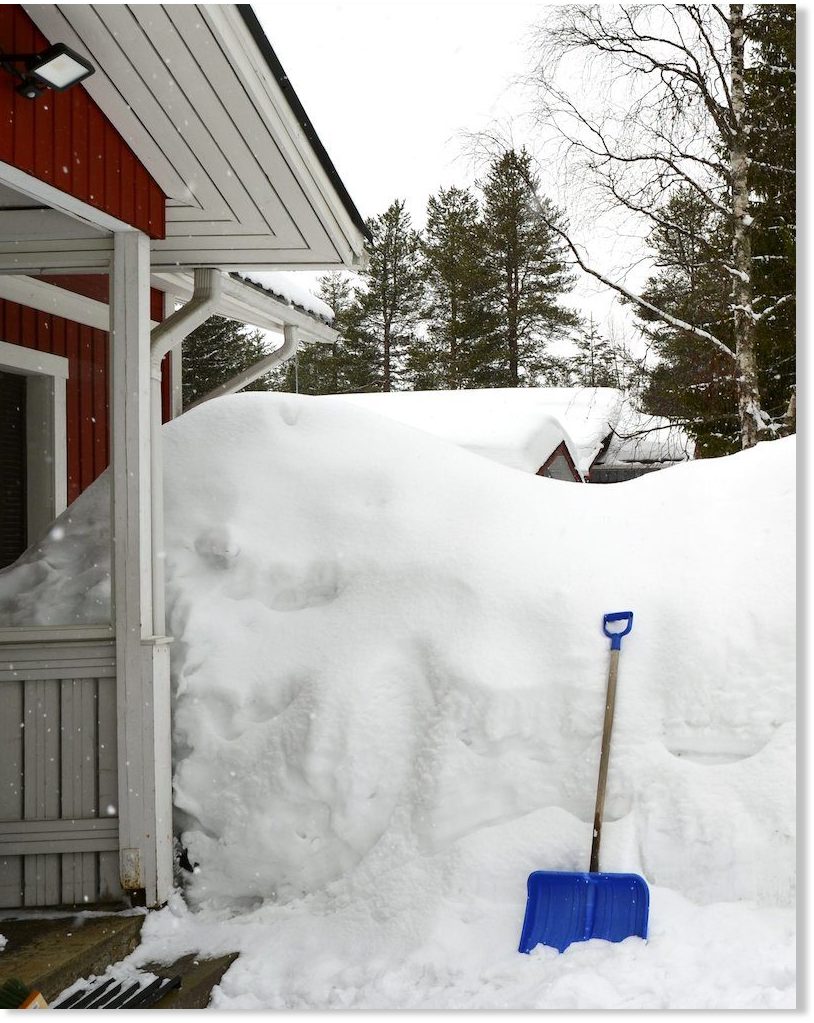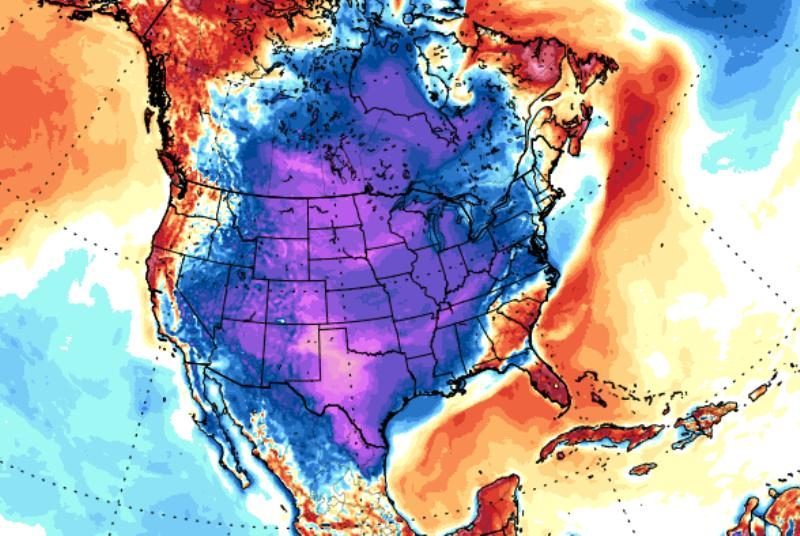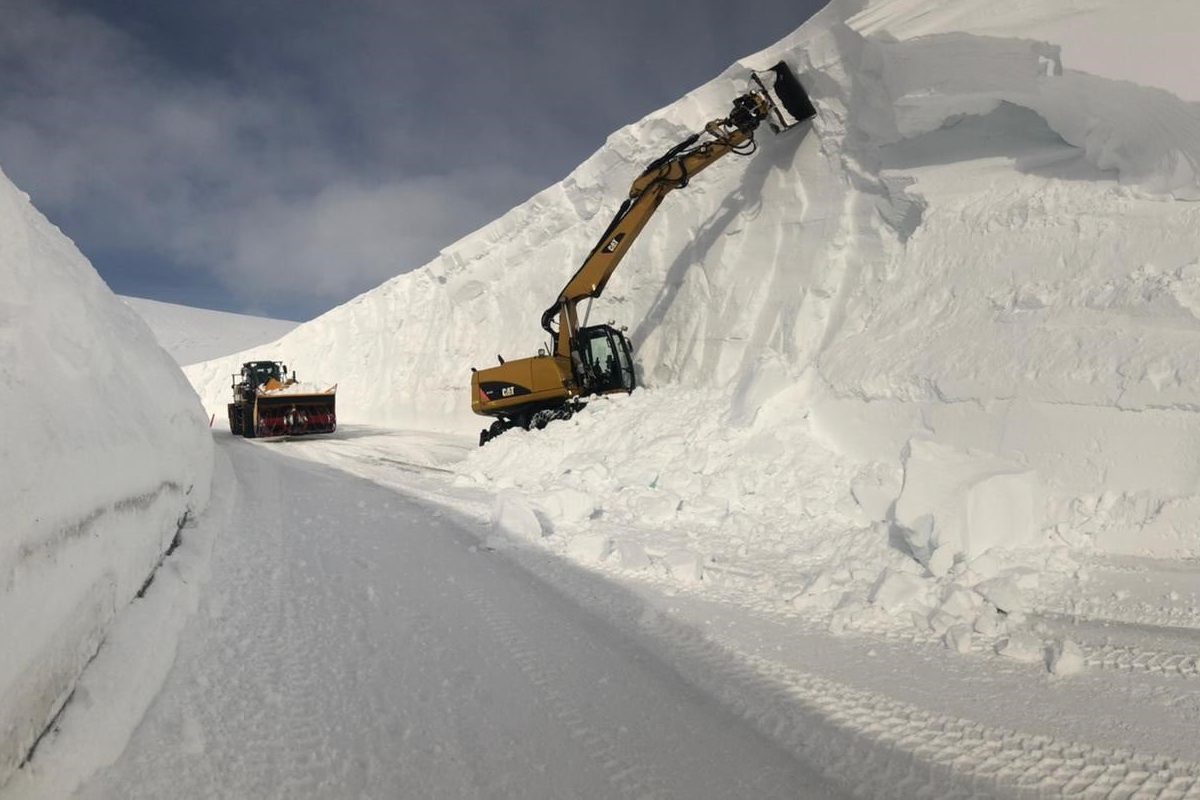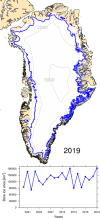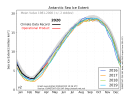Debra
Dagobah Resident
Here is an interesting list that is from a Newfoundland, Canada, FB group page.
The author, Terry Ethridge, teaches Emergency Planning and Shelter in Place courses.
Today is January 23 and it is day 7, after the Storm.
There is still a "State of Emergency" declared.
The majority of Stores and businesses are NOT open.
The few that are open, such as the grocery store pictured in my previous post, are by Government permission, and supervision.
The City is being assisted by the Canadian Military. There are approximately 300 troops shoveling driveways and walks, going door to door doing safety checks.
Regarding being prepared, Terry writes:
It’s not ‘till the lights come back on, it’s ‘till the emergency is declared over.
A 550 watt generator will consume 32 litres a day or a 45 gallon drum every 3 1/2 days.
Is your house designed to isolate 1 room for emergency? Do you know how to drain your water pipes ?
Do you have a tilt-n-swing window on your second floor? How about a roof hatch in line with your attic hatch? A ladder to get out easily?
How about a system to get combustion air into your furnace or wood stove and exhaust out? High efficiency sealed combustion units get both from within 3 ft, off the ground . Where is yours ? Are you making Carbon Monoxide right now ? Do have a CO / smoke detector in your SIP Room.
Do you have a secondary heating source?
Skis & snow shoes?
Thermal plugs for your windows to reduce your fuel consumption at night by 40%?
10-15 days of artificial light? Ie: One Coleman lantern, 6 wicks & 5 4-liter cans of fuel.
Consider a 200 watt solar panel and 1-50 ah marine deep cycle battery. For charging batteries, phones & running an ‘ambient light’ (a night light).
10 days of non perishable food for everyone + 25% and a fool proof way to cook it.
You must be prepared to change diets in an emergency and go to your dried stores.
A system to make grey water for flushing the toilet? ( keep drinking quality water for food and drinking.)
Building? Consider this storm. A new design (or an old “Post Disaster “ design) is needed.
The author, Terry Ethridge, teaches Emergency Planning and Shelter in Place courses.
Today is January 23 and it is day 7, after the Storm.
There is still a "State of Emergency" declared.
The majority of Stores and businesses are NOT open.
The few that are open, such as the grocery store pictured in my previous post, are by Government permission, and supervision.
The City is being assisted by the Canadian Military. There are approximately 300 troops shoveling driveways and walks, going door to door doing safety checks.
Regarding being prepared, Terry writes:
It’s not ‘till the lights come back on, it’s ‘till the emergency is declared over.
A 550 watt generator will consume 32 litres a day or a 45 gallon drum every 3 1/2 days.
Is your house designed to isolate 1 room for emergency? Do you know how to drain your water pipes ?
Do you have a tilt-n-swing window on your second floor? How about a roof hatch in line with your attic hatch? A ladder to get out easily?
How about a system to get combustion air into your furnace or wood stove and exhaust out? High efficiency sealed combustion units get both from within 3 ft, off the ground . Where is yours ? Are you making Carbon Monoxide right now ? Do have a CO / smoke detector in your SIP Room.
Do you have a secondary heating source?
Skis & snow shoes?
Thermal plugs for your windows to reduce your fuel consumption at night by 40%?
10-15 days of artificial light? Ie: One Coleman lantern, 6 wicks & 5 4-liter cans of fuel.
Consider a 200 watt solar panel and 1-50 ah marine deep cycle battery. For charging batteries, phones & running an ‘ambient light’ (a night light).
10 days of non perishable food for everyone + 25% and a fool proof way to cook it.
You must be prepared to change diets in an emergency and go to your dried stores.
A system to make grey water for flushing the toilet? ( keep drinking quality water for food and drinking.)
Building? Consider this storm. A new design (or an old “Post Disaster “ design) is needed.



